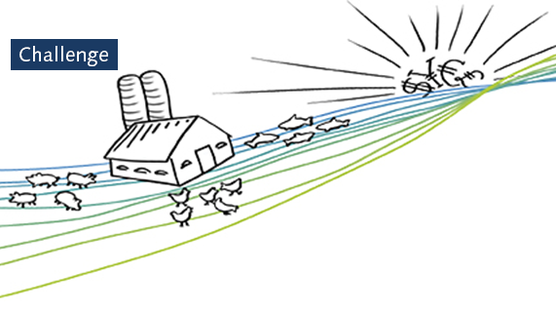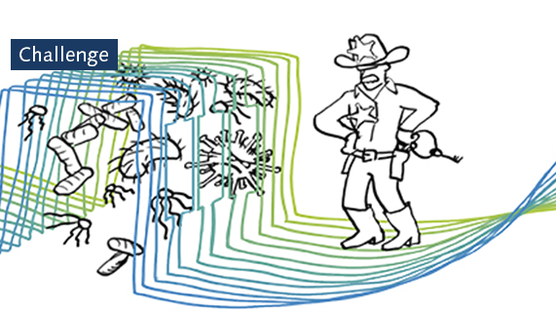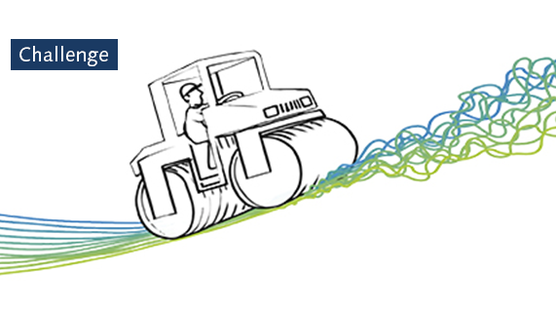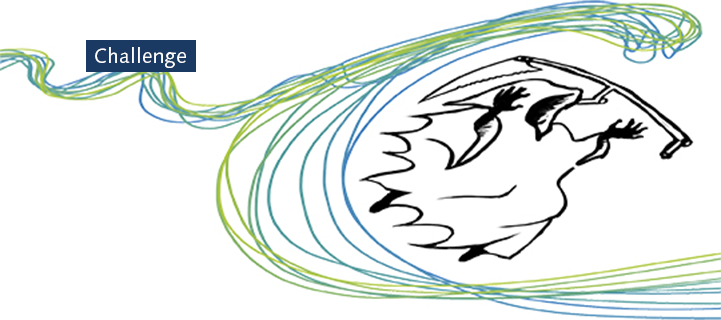
Published on May 1, 2021
Reducing waste in the animal protein chain
If we look at all food produced globally, approximately one-third for human consumption gets lost or wasted – around 1.3 billion tons every year. Economically this amounts to roughly US$680 billion in developed countries and US$310 billion in developing countries. In this a staggering amount of waste, animal mortality contributes to this number as well. How do we as a genetics company decrease waste and keep mortality rates amongst animals low?
Food loss occurs from farm up to processors, whilst food waste occurs at retail, food service and household level. Causes range from poor genetics, disruptions and diseases, poor handling, inadequate transport or storage, lack of cold chain capacity, extreme weather conditions to cosmetic standards, and a lack of planning and cooking skills among consumers.
We, as animal genetics company, work towards better breeding today for a brighter life tomorrow. With setting the standard for sustainable animal breeding, we focus on supporting the global food challenge with high quality animal genetics. In laymen’s terms: we want to feed the growing world population in a sustainable way to have a better outcome for animals, people, and the planet. Today we talk about the reduction of losses and lowering mortality rates. Reducing these percentages throughout the entire chain will be beneficial for people, animals, and the planet.
With a balanced breeding approach, measuring, sharing data throughout the chain, and a behavioral change from farmer to consumer, we can steer towards a more sustainable output. Simply put, reducing food lost or wasted means more food for all, less greenhouse gas emissions, less pressure on environment, higher animal welfare, and increased productivity and economic growth.
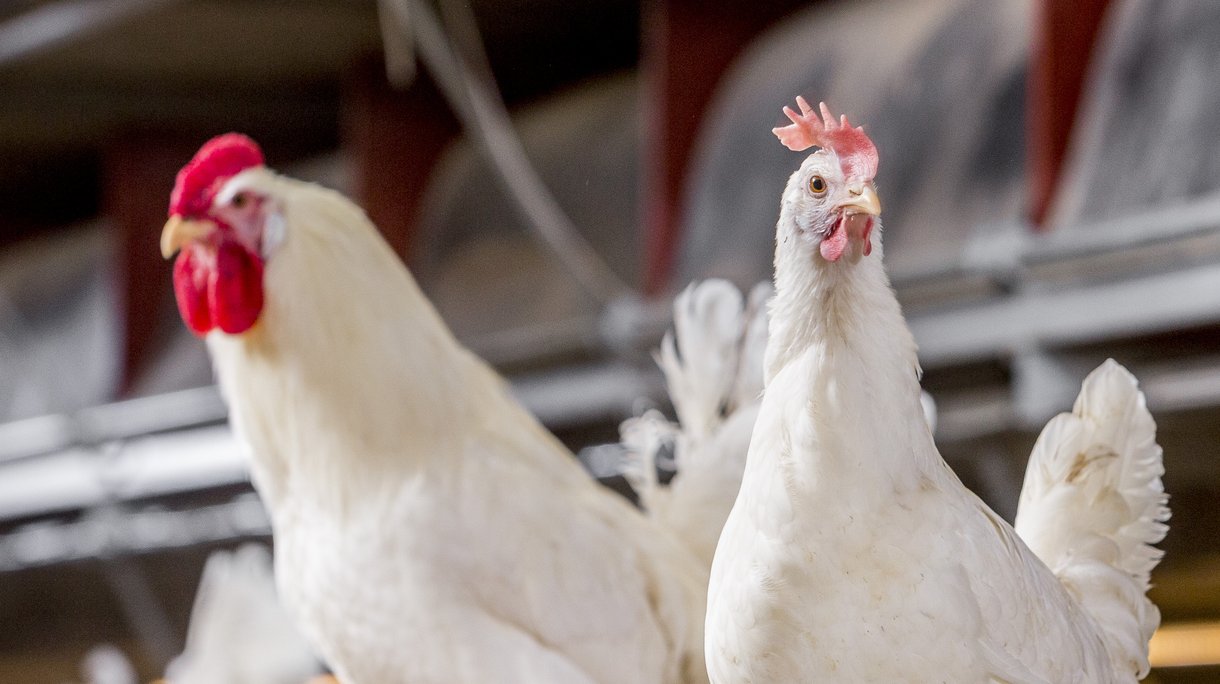
Reducing waste
Wasting precious nutrition at the end of the value chain – at consumer level – costs the most. All steps have been taken but it didn’t serve its purpose. If we look at all food produced globally, approximately one-third for human consumption gets lost or wasted – around 1.3 billion tons every year. Economically this amounts to roughly US$680 billion in developed countries and US$310 billion in developing countries, with a carbon footprint of about 3.3 billion tons of CO2, which is equivalent to 8% of global greenhouse emissions. While talking about environmental impact cutting food waste is one of the most effective ways to reduce climate impact. Socially this is even a bigger issue as ethics play a huge – unmeasurable – role. Food loss, and therefore losing animal lives is in no one’s best interest.
How can we grow from today’s average industry percentages towards a more sustainable standard on mortality and losses during the production chain? A lack of data has been pointed to as a major cause for inaction. “Everybody thinks they don’t waste food,” says Clementine O’Connor, Sustainable Food Systems Program Officer at the United Nations Environment Program (UNEP). “Food waste data helps governments understand the scale of the problem at home and make the case for action.” Data also helps countries and companies identify hotspots in the supply chain, evaluate the efficacy of policy measures, estimate the potential for material recovery and track progress towards the future.
Looking into our own kitchen, we can help reduce waste throughout the entire chain. Genetics are at the start of the animal protein chain and with our balanced breeding philosophy we set animals up for a healthy, productive, and more social life. Selecting for specific balanced traits that help animals thrive, while needing less resources and having a smaller impact on the environment each new generation to come.
Mortality a fact of life
With our breeding programs and high-quality animal genetics, we can steer the average amount of losses throughout the entire chain. With today’s insights on what animals are capable off and need to have a fruitful life, there is still an opportunity to decrease industry mortality rates and losses in the chain. Through genomic selection, field results, rigorous testing, and data collection, we clearly see that animals can continue to improve in terms of their overall health and livability.
Hypor, our swine breeding program, shows a nice example of what high-quality animal genetics can bring towards a sustainable animal breeding standard. While the average industry mortality rate lies around 15% Hendrix Genetics sets it standards on mortality rates below 10%. In our benchmark results we seen numbers that show:
- sow death and culls at 5.5%
- stillborn at 6.5% and
- preweaning at 11.7%
Preweaning numbers in our own breeding program show figures below 10% and the top clients of Hypor are mastering the same results of diving below the 10%. Imagine what the world could gain if the entire industry showed numbers like this. The amount of waste that vaporizes just by selecting high-quality animals. And the social benefits by not losing precious lives.
Responsible consumption
The growing world population needs nutrition. How can we provide sufficient food and thrive in a balanced ecosystem? We see multiple solutions for producing a higher outcome of (animal) protein. One is producing more protein with less animals. Another is making shifts in existing diets. For example, eating less animal protein in some parts of the world and a more balanced diet in others. Choosing animal protein sources based on proper use of land and resources is another area of interest that is just beginning to be explored.
With multiple options possible to create less waste in the overall system, one that we are well versed in is the production of high-quality protein. With healthy, resilient animals in your operations, unnecessary mortality and waste can be significantly reduced. Read on to discover how high-quality genetics are already making an impact.
You've read a challenge article. Interested in the solution or opportunity?
Do you want to explore all articles?

